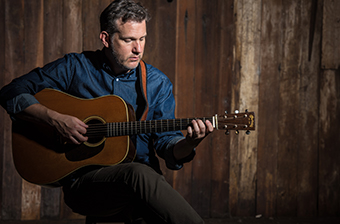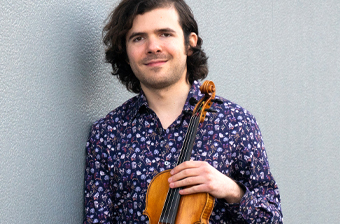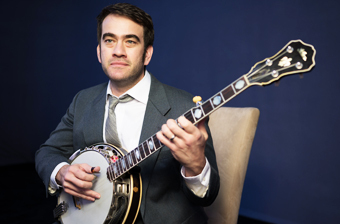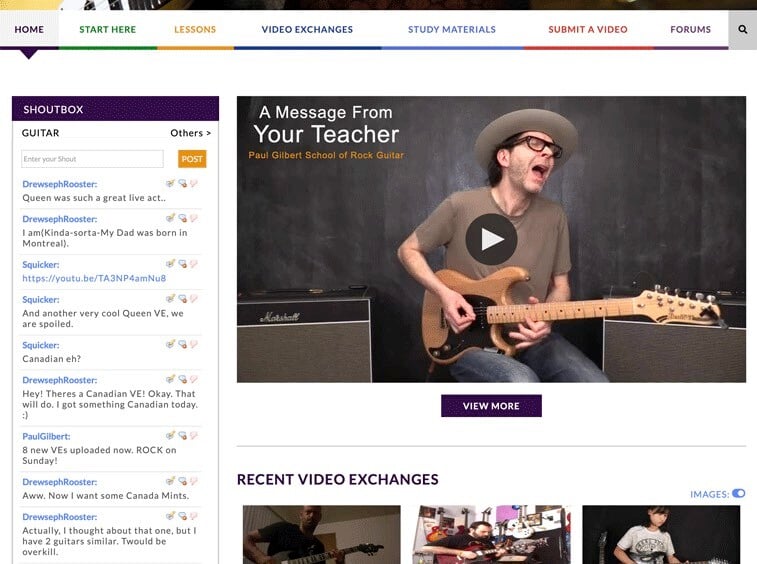Online Music Lessons from Master Musicians
ANY INSTRUMENT, ANY STYLE. LEARN FROM YOUR FAVORITE MUSICIANS AND START PLAYING AT A HIGHER LEVEL!
Featured Courses
-
![Session Player Toolkit with Dave Isaacs Session Player Toolkit with Dave Isaacs]()
Dave Isaacs
Guitar ToolkitPartner with the premier Nashville educator to master the skills you need to become a well-rounded guitarist.
-
![Flatpick Guitar School with Bryan Sutton Bryan Sutton online music lessons]()
Bryan Sutton
Bluegrass GuitarGrammy® and multi-IBMA Guitar Player of the Year teaches bluegrass guitar lessons for everyone.
-
![Bluegrass Mandolin with Sierra Hull Bluegrass Mandolin with Sierra Hull]()
Sierra Hull
Mandolin3-time IBMA “Mandolin Player of the Year” & Grammy nominee teaches bluegrass mandolin lessons for all levels.
-
![Rock Guitar with Paul Gilbert Paul Gilbert online music lessons]()
Paul Gilbert
Rock GuitarThe Grammy-nominated rock guitarist breaks down his indestructible playing techniques in an approachable way.
-
![On Banjo with Alison Brown On Banjo with Alison Brown]()
Alison Brown
BanjoThe boundary-pushing virtuoso teaches her unique methods in this comprehensive banjo course for all levels.
-
![Fiddle with Alex Hargreaves Fiddle with Alex Hargreaves]()
Alex Hargreaves
FiddleJoin the fiddle prodigy as he teaches his Grammy-winning sound & style in a course for players of all levels.
-
![Online Banjo with Noam Pikelny Noam Pikelny online music lessons]()
Noam Pikelny
Banjo"Punch Brothers" cofounder and acclaimed banjo master teaches 3-finger/Scruggs, melodic & single string style.
-
![Old Time & Bluegrass Fiddle with Brittany Haas Old Time & Bluegrass Fiddle with Brittany Haas]()
Brittany Haas
FiddleThe fiddle virtuoso teaches her unique approach to old time & bluegrass styles in a course for all levels.
Join a Thriving Music Community
View All Courses
How It Works
More About ArtistWorks
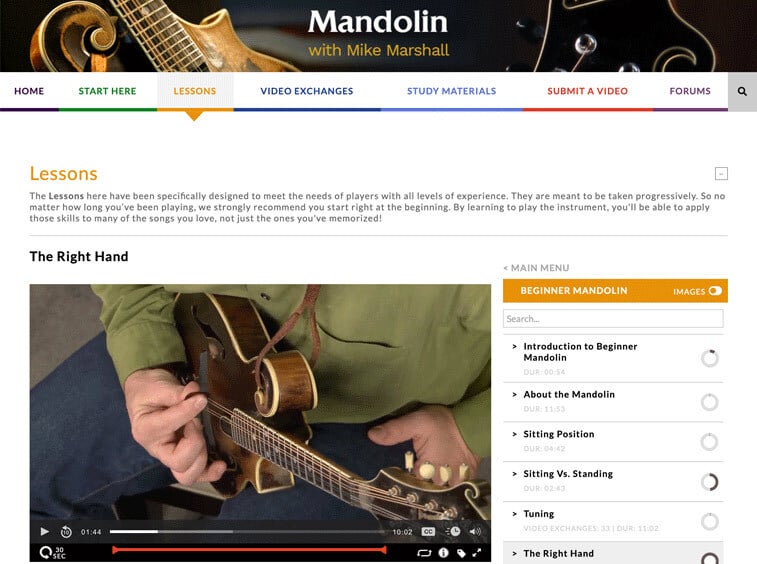
“My guitar playing is at a level I never would have achieved any other way…
Thanks for providing a journey that never ends.”
- Simon, Bluegrass Guitar Student
ALSO FEATURED BY
Explore
Browse Courses

Sign Up for Free Music Lesson Samples & Exclusive Offers
Choose an instrument and music style preference and we’ll send you free music lesson samples, exclusive offers, news about our courses, teachers and much more!












